Over Christmas I visited my good friend Linda, who lives in Carlsbad, a very sweet town north of San Diego. My cousin Gary was with me, and we couldn’t stay long. But, she served coffee and these gems. (Isn’t her mug the cutest thing? As you might guess, she’s a Scrabble fan.)
There are a number of recipes here on my blog from my friend Linda. Like her Bombay Chicken, Neva Tee’s Carrot Cake and Crockpot Chicken Enchilada Soup. Oh, and a great lower-calorie dish (though you’d not know it), Chicken Madeira. OH, forgot her Lemon Chicken Soup with Orzo, too. She’s a terrific cook, and loves to entertain and serve not one but two or three things for us. We were only there for about 30 minutes, I think. I gobbled these down like there was no tomorrow. I think I had two (both dunked into my cup of coffee), but I wanted another one (I didn’t – but I think she gave me two to take home – yea). She’d also baked a loaf cake, but she wasn’t thrilled with it, so that won’t get posted here. But these cookies – oh yes. I’ll be making them. Linda even gave me a little bitty container of Sambuca, that anise flavored liqueur which is an addition to these cookies since I don’t have any in my liquor pantry. I offered to let Linda write the blog post, but she just didn’t think she had the writing skill (she does!) to write as I do. . . oh well. She thinks I have some special writing skill. I don’t think I do – though I like to write, but I write like I’m talking to each and every one of you. It’s just a conversation we’re having, right? The other day I clicked a link to someone’s blog and it was just a recipe. That was it. Not a word of comment, yea or nay. Nothing. Why do that? What’s the use if you don’t have the person’s perspective on the recipe – was it good or not?
I don’t suppose you would HAVE to use Sambuca, but it does add good flavor to these biscotti. There are many brands out there – the photo at left is just one example. I had a friend, Doreen (who actually introduced me to my DH, Dave, back in 1981) who was Italian and her mother made anise biscotti – this would have been the mid-70s. I fell in love with biscotti way back then, and have made her recipe many times over the years. Guess I haven’t made them since I started writing this blog in 2007, as I’ve not posted that recipe.
This original recipe comes from America’s Test Kitchen, and is an alteration from it, slightly. After making them once, Linda decided that the flavor needed to be amped up, so she added more anise and Sambuca. Normally the biscotti would be just almond, or anise, not both, but she decided to try it this way. I liked the combo.
There are more steps than the usual biscotti – you may want to read the recipe through before doing it. This is no last-minute quick cookie to make. But no steps are difficult or all that time consuming – well, other than having to draw a specific sized rectangle on the parchment paper so you get exact-sized finished biscotti. Thank you, Linda, for a great recipe. (And no, Linda, don’t buy me a Scrabble coffee mug – much as you might want to – I drink my coffee, always, out of smaller cups.)
What’s GOOD: the flavor, first and foremost! Loved the combination of anise AND almond, and the anise flavor is subtle – even though you use both anise seed and Sambuca. If you’re used to more-traditional anise biscotti, this won’t qualify, as the anise flavor is light, but noticeable.
What’s NOT: maybe the extra steps required, but not all that difficult in the big scheme of things for biscotti. These types of cookie always require double baking.
printer-friendly PDF and MasterCook 15/16 (click link to open recipe)
* Exported from MasterCook *
Almond Anise Biscotti
Recipe By: Adapted slightly from America’s Test Kitchen cookbook
Serving Size: 30
1 1/4 cups whole almonds — lightly toasted
1 3/4 cups all purpose flour
2 teaspoons baking powder
1 tablespoon anise seed
1/4 teaspoon salt
2 large eggs
1 cup sugar
4 tablespoons unsalted butter — melted and cooled
1 tablespoon Sambuca
1/2 teaspoon vanilla
vegetable spray
1 large egg white — whisked with a little bit of water
1. Adjust oven rack to middle position and heat oven to 325°F. Using ruler and pencil, draw two 8×3″ rectangles, spaced 4″ apart on a piece of parchment paper. Grease baking sheet and place parchment on it.
2. Pulse 1 cup of the almonds in food processor until coarsely chopped, 8-10 pulses; transfer to bowl and set aside. Process remaining 1/4 cup almonds in food processor until finely ground, about 45 seconds. Add flour, baking powder, anise seed and salt, process to combine, about 15 seconds. Transfer flour mixture to second bowl. Process eggs in now empty food processor until lightened in color and almost doubled in volume, about 3 minutes. With processor running, slowly add sugar until thoroughly combined, about 15 seconds. Add melted butter, Sambuca and vanilla and process about 10 seconds. Transfer egg mixture to medium bowl. Sprinkle half of the flour mixture over egg mixture and using spatula, gently fold until just combined. Add remaining flour mixture and chopped almonds and gently fold until just combined.
3. Divide batter in half. Using floured hands, form each half into 8×3″ rectangles, using lines on parchment as a guide. Spray each loaf lightly with oil spray. Using rubber spatula lightly coated with oil spray, smooth tops and sides of rectangles. Gently brush tops of loaves with egg white wash.
4. Bake loaves until golden and just beginning to crack on top, 25-30 minutes, rotating pan halfway through.
5. Let loaves cool on baking sheet for 30 minutes. Transfer loaves to a cutting board. Using a serrated knife, slice each loaf on slight bias into 1/2″ thick slices. Lay slices, cut side down about 1/4″ apart on wire rack set in rimmed baking sheet. Bake until crisp and golden brown on both sides, about 35 minutes. flipping slices halfway through baking. Let cool completely before serving. Biscotti can be stored in airtight container for up to a month.
Per Serving: 130 Calories; 7g Fat (47.7% calories from fat); 3g Protein; 14g Carbohydrate; 1g Dietary Fiber; 18mg Cholesterol; 58mg Sodium.





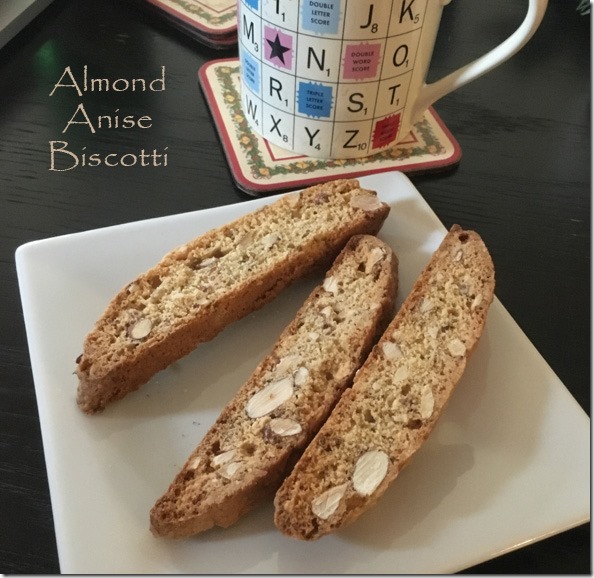

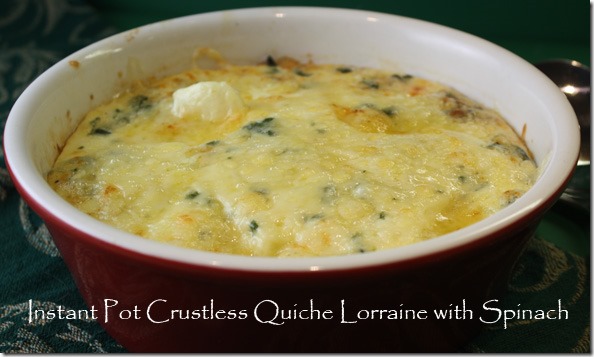
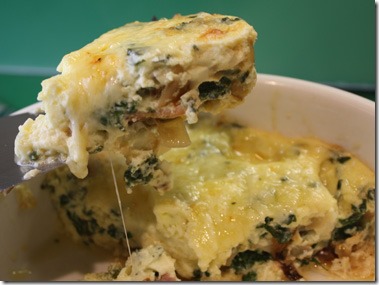
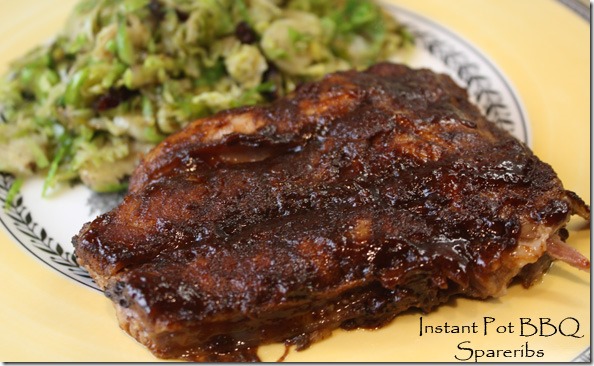
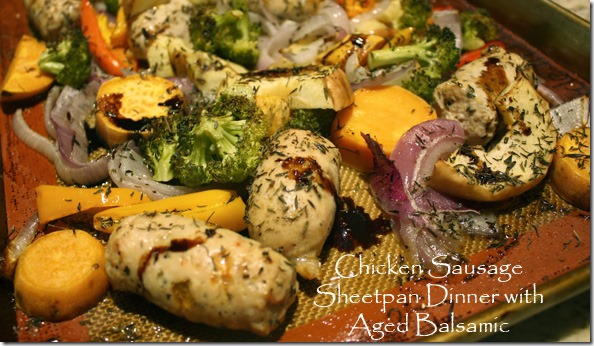
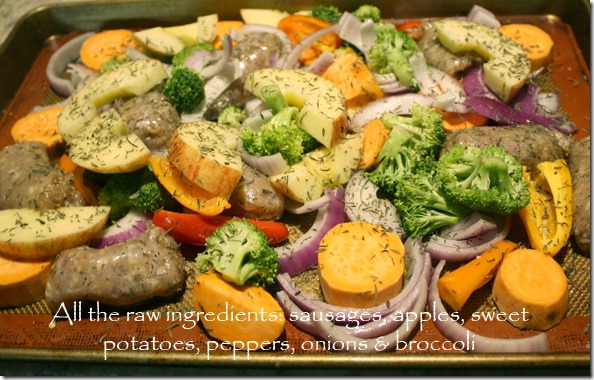
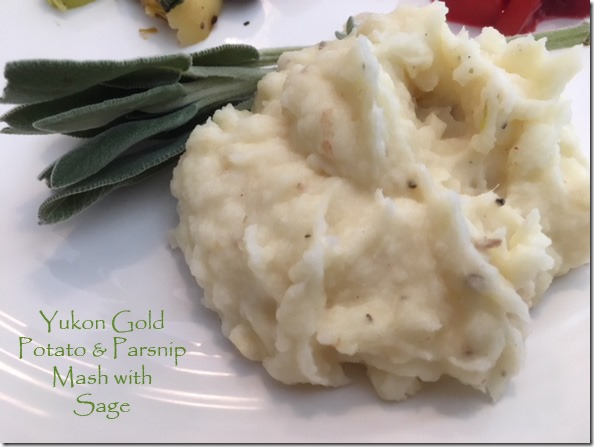
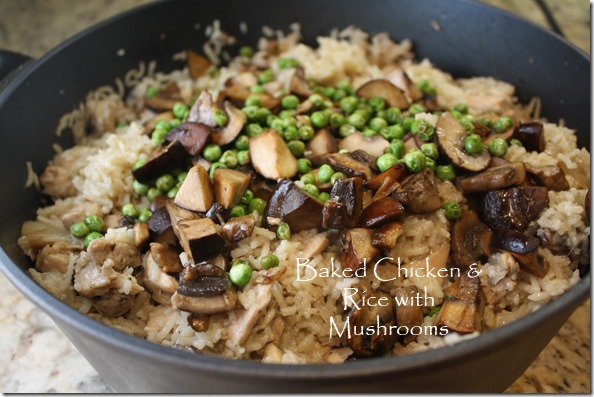
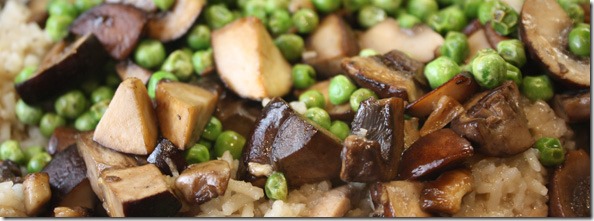
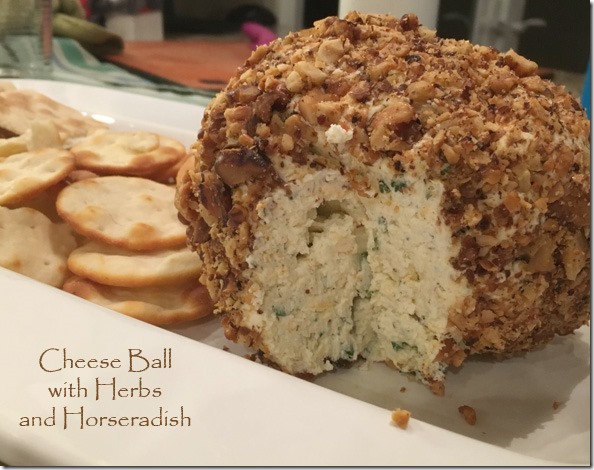
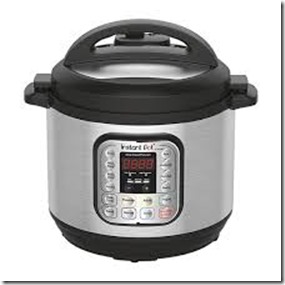
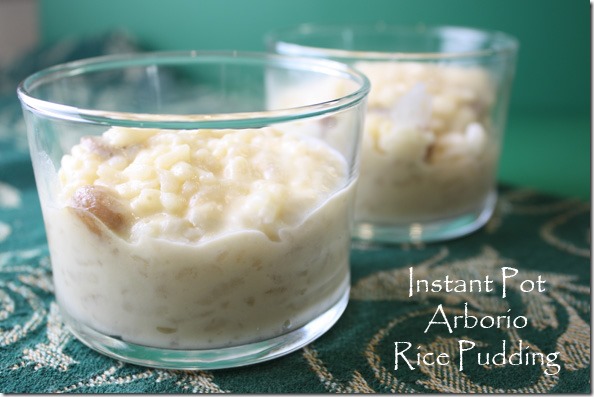
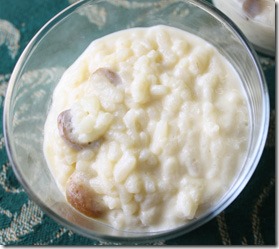



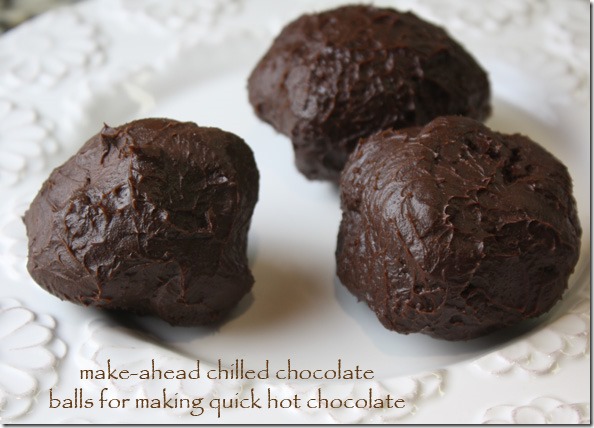
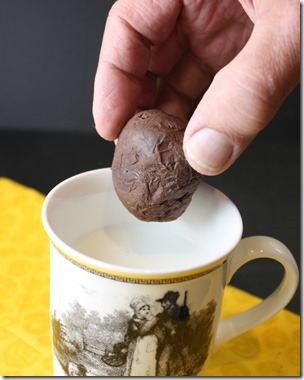

Leave a Comment!